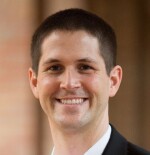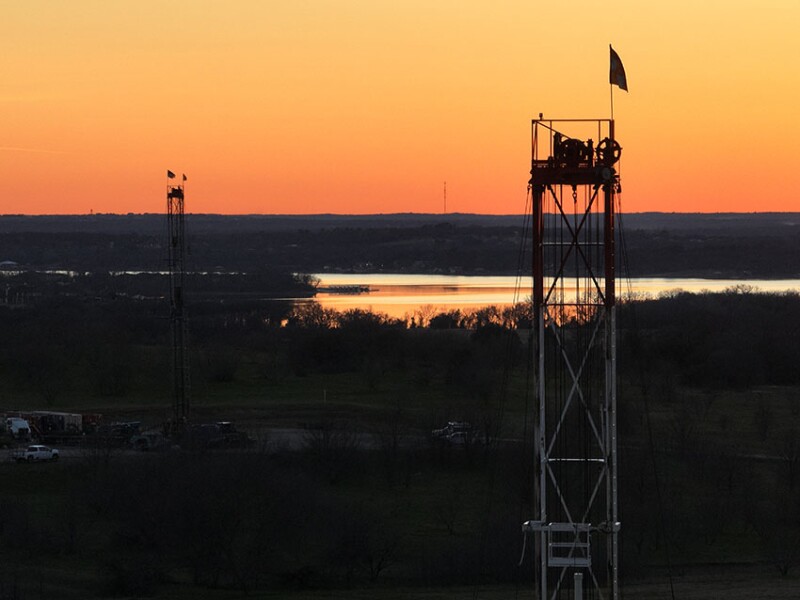The refracturing of legacy wells is no longer considered an industry experiment—it’s a proven pathway to creating significant value.
We see increasing mentions of refracturing on earnings calls as operators are finding it possible to routinely boost estimated ultimate recovery (EUR) rates by 20 to 60% (or more) beyond that achieved with the original completion.
One large operator in the Eagle Ford Shale recently launched a refrac program and reported initial returns exceeding 100%. Meanwhile, recent acquisitions highlight untapped refrac potential as a key driver behind strategic deals.
Companies sitting on massive potential for refracturing that do not act on it are being actively bought out by the companies that are willing and able. This is emerging as one of the shale sector's most significant arbitrage opportunities—and it's becoming clearer by the day to those paying attention.
Pumping service companies are reporting about compiled datasets which show improvements in completion design resulting in increased EUR/ft over the years.
As you may have guessed, this suggests that there are stranded reserves left from the original completions, creating significant refrac potential.
Considering all of this, there are mounting reasons to believe that the best time to begin a refracturing program was yesterday. The second-best time is today.
So, how do you get started? Here are three actionable steps you can commit to right now to turn opportunity into reality: Go Learn, Go Big, and Go Team.
Go Learn: SPE Refracturing Workshop
We improve as an industry when we share, and the SPE workshop in May in San Antonio, Texas, Refracturing—A Proven Strategy to Maximize Economic Recovery, is the perfect place for you to experience this. The workshop has been designed to allow operators and others to share and discuss their latest advancements and case studies.
SPE does not require formal papers for workshops, prohibits media attendance, and allows presenters to decide whether to share their materials afterward—all of which encourage more candid dialogue and open exchange than you'd find at a typical industry conference.
The workshop will include some of the most experienced operators, service providers, and leading voices in the refrac space. An intimate venue will also foster opportunities for valuable one-on-one conversations beyond the standard Q&A sessions.
Sessions at the SPE Refracturing Workshop will cover a variety of critical themes. If you're serious about kicking off a refracturing program—or getting your current efforts into a new gear—these topics will help you hit the ground running.
- Candidate selection, asset valuation, and reserves estimates for refracturing
- Intra- and interwell fracture-driven interactions (FDIs) between wells
- Modern completion techniques and coiled tubing interventions
- Zonal isolation techniques and advancements
- Refrac design and technique selection
- Diagnostics and surveillance
- Future and emerging technologies
- Panel on lessons learned
Key concept highlights from among the standout presentations planned include
- Operational insights from a major operator’s 2024 campaign.
- Depletion and fracture diagnostics: How BKV Corporation is mapping FDIs and depletion to enhance refrac strategy.
- Blind testing of refrac reservoir simulations—results and key learnings.
- Multivariate candidate selection methods; featuring BKV’s next-generation approach.
- Reserves bookings for refracs, addressing key constraints, classification, and feasibility.
- Casing damage prevention and mitigation.
- Eagle Ford cemented liner refrac reserves and economics.
- Midland Basin refrac diagnostics case study.
- Advances in isolation methods, from mechanical solutions to diverters.
- Emerging technologies and business models: nanobubbles, proppant placement, and CO2 credits.
- Lessons from high-resolution acoustic imaging.
- Optimization of refrac models via geology workflow integration.
- Bullhead refracs using temporary fiber monitoring.
Go Big: Make the Investment
Take advantage of the significant cost savings refracs offer compared with new drilling. The lease road, pad, facilities, wellbore, tubing, and wellheads are already in place, fully paid for, and ready to deliver more value.
However, public companies often find themselves stuck in a "chicken or egg" dilemma. They're driven by reserves bookings and sometimes hesitate to invest in projects unless they're already booking similar types of inventory.
By attending the refracturing workshop, you and your team can learn about the requirements, then allocate a budget to execute enough to make them bookable.
You'll also discover that scaling your refrac program to include a larger number of wells works in your favor, allowing you to establish reliable, averaged results across the entire program.
This will help overcome variations in well-to-well results and support both program economics and your conversations with reserves auditors. With the wind in your sails of known type curves, favorable economics, and refined processes from an at-pace program, you may decide to go even bigger in the following year’s budget.
Go Team: Gather Your Resources
Refracturing requires a multidisciplinary team. And from candidate selection and job design to logistics planning and field execution, you'll need to assemble your A-team to succeed.
The ideal approach includes a candidate selection team with a completions engineer, geologist, and reservoir engineer as well as any others required for basin-specific issues.
Once candidates are selected, operators typically prioritize them and identify any logistical, water, or permitting constraints before scheduling. Teams often share land, regulatory, and scheduling personnel with other capital projects or drilling programs, streamlining resource allocation and effectively managing overlapping constraints.
Workover rigs for prep and cleanout can transition between remedial work and refrac support or be scheduled as dedicated resources, depending on program pacing to provide additional flexibility to both programs. With adequate support and a trained team, operators have successfully turned refrac execution into an at-pace “manufacturing mode” operation that runs at a continuous high speed.
Today is the day. Take that next step in starting or scaling your refrac program. The opportunity is immense, and companies who seize it will outperform their peers.
Register now for the SPE Workshop: Refracturing—A Proven Strategy To Maximize Economic Recovery, 19–20 May, 2025 (reception on the evening of 18 May), at the Hyatt Regency Hill Country Resort and Spa in San Antonio, Texas.

Kevin Eichinger serves as chairperson of the committee for the SPE Refracturing Workshop and is a senior completions engineer for BKV Corporation where he leads refracturing candidate selection, job design, and technical trials. Eichinger and his team have executed approximately 400 refrac projects to date and authored or coauthored two highly cited Unconventional Resources Technology Conference (URTeC) papers. One paper, detailing a creative and efficient “hybrid liner” refracturing method, was featured on the cover of JPT's November 2023 issue. The other, which outlined a novel well-performance methodology for identifying refrac candidates, earned a “Best of Paper” award at URTeC.

